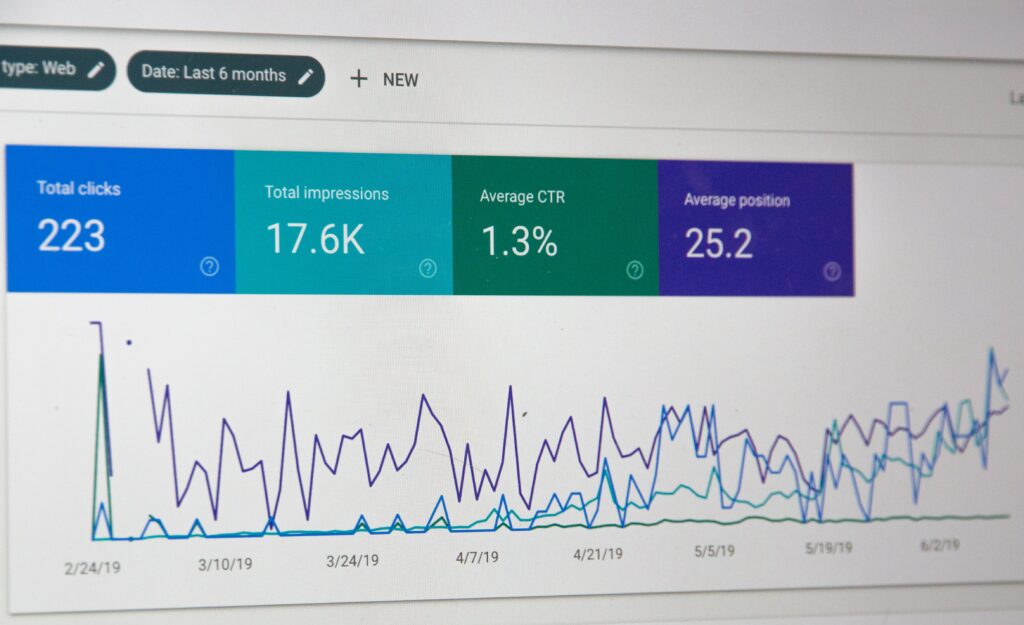Welcome to the ultimate guide on setting SMART marketing goals! As a marketer, you understand the importance of defining clear and actionable objectives for your campaigns. SMART goals provide a structured framework that helps you stay focused, motivated, and accountable throughout your marketing journey.
Whether you’re a seasoned marketer looking to refine your goal-setting skills or a newcomer eager to learn the ropes, this article will equip you with the knowledge and expertise to set SMART marketing goals that drive results. Let’s dive in!
- What Are SMART Marketing Goals (And How to Set Them)?
- Why SMART Marketing Goals Matter
- How to Incorporate SMART Marketing Goals into Your Strategy
- Conclusion
- FAQs
What Are SMART Marketing Goals (And How to Set Them)?
SMART marketing goals are Specific, Measurable, Achievable, Relevant, and Time-bound objectives that businesses and marketers set to guide their marketing efforts effectively.
The SMART framework helps ensure that goals are well-defined and focused, increasing the likelihood of successful outcomes. Let’s break down each component of SMART marketing goals:
Specific
The goal should be clear and unambiguous. It should answer the questions of who, what, where, when, and why. Specific goals help provide a clear direction for the marketing team and reduce the risk of misinterpretation.
To set effective marketing goals, start by being specific about what you want to achieve. Instead of a vague goal like “Increase sales,” specify your desired outcome.
Example of a specific marketing goal: “Increase website traffic by 30% in the next quarter through content marketing and SEO strategies.”
Measurable
Goals should be quantifiable so that progress can be tracked and measured. Having specific metrics allows marketers to evaluate the success of their efforts and make data-driven decisions.
Measuring progress is vital to assess the success of your marketing efforts. Ensure your goals are measurable by using quantifiable metrics. This means using numbers and percentages rather than subjective terms.
Example (measurable): “Increase social media followers by 20% within six months.”
Achievable
Goals should be realistic and attainable within the resources and constraints of the organization. Setting unattainable goals can lead to frustration and demotivation.
While ambition is commendable, setting unrealistic goals can lead to frustration and disappointment. Ensure your marketing goals are achievable and aligned with your available resources and capabilities.
Example (achievable): “Launch two new product features by the end of the year based on available development resources.”
Relevant
Goals should align with the overall business objectives and marketing strategy. They should contribute directly to the growth and success of the company.
Marketing goals should align with your overall business objectives. Ensure that each marketing goal contributes to the growth and success of your organization.
Example (relevant): “Increase email newsletter subscribers by 15% to support the upcoming product launch.”
Time-Bound
Goals should have a specific timeframe or deadline for completion. A time constraint creates a sense of urgency and helps maintain focus on achieving the goal within a reasonable period.
Setting a timeframe for your marketing goals adds a sense of urgency and helps you prioritize tasks effectively. Having a deadline also makes it easier to track progress and evaluate success.
Example (time-bound): “Generate 100 qualified leads by the end of the quarter through targeted online advertising.”
By following the SMART criteria, marketers can set well-defined goals that are easier to track, accomplish, and measure. This approach increases the effectiveness of marketing strategies and provides a roadmap for achieving business objectives.
Why SMART Marketing Goals Matter

Using the SMART framework for marketing goal-setting is essential for the following reasons.
1. Focus and Clarity
SMART goals provide focus and clarity, ensuring everyone on your marketing team understands the objectives and the steps needed to achieve them. This clarity fosters a more productive and coordinated effort.
2. Improved Decision-making
Having measurable and time-bound goals allows for data-driven decision-making. You can track key performance indicators (KPIs) and adjust strategies based on real-time insights.
3. Enhanced Motivation and Accountability
Setting achievable goals fosters motivation among team members. When you see progress, it boosts morale and encourages continued efforts. Additionally, the specific nature of SMART goals holds individuals accountable for their contributions.
4. Resource Optimization
SMART goals help you allocate resources efficiently. By knowing precisely what you want to achieve and when, you can optimize your budget, time, and manpower accordingly.
5. Adaptability and Agility
The measurable aspect of SMART goals enables you to evaluate performance regularly. If you’re not on track, you can pivot and adapt your strategies to get back on course.
How to Incorporate SMART Marketing Goals into Your Strategy
Now that you understand the importance of SMART marketing goals let’s explore how to effectively integrate them into your marketing strategy.
Conduct a Comprehensive Marketing Analysis
Before you begin setting goals, conduct a thorough analysis of your current marketing performance. Identify strengths, weaknesses, opportunities, and threats. Use this data to inform your goal-setting process.
Set Clear Key Performance Indicators (KPIs)

Select KPIs that align with your SMART goals. Whether it’s website traffic, conversion rates, or social media engagement, make sure your KPIs directly reflect your objectives.
Collaborate with Your Marketing Team
Involve your marketing team in the goal-setting process. Their insights and expertise can provide valuable input, making the goals more comprehensive and achievable.
Break Down Long-term Goals into Short-Term Milestones
While setting long-term SMART goals is essential, breaking them down into short-term milestones makes them less overwhelming and easier to manage.
Regularly Monitor and Review Progress
Keep a close eye on your KPIs and track progress regularly. Hold periodic reviews with your team to assess performance and make any necessary adjustments.
Celebrate Achievements
Recognize and celebrate achievements, both big and small. Acknowledging successes boosts team morale and fosters a positive work environment.
Conclusion
Setting SMART marketing goals is a powerful strategy to drive success in your marketing efforts. By being Specific, Measurable, Achievable, Relevant, and Time-bound, your goals gain focus, clarity, and a higher likelihood of accomplishment.
Remember to regularly monitor progress, adapt to changes, and celebrate achievements to keep your marketing team motivated and on track.
So, what are you waiting for? Implement the SMART framework today and elevate your marketing game to new heights!
FAQs
What are some common mistakes to avoid when setting SMART marketing goals?
One common mistake is setting too many goals at once, which can spread your resources thin and lead to subpar results. It’s also essential to avoid setting goals that are too easy to achieve, as they won’t drive significant progress.
How can I stay motivated to achieve my SMART marketing goals?
Visualize the end result and the impact achieving these goals will have on your business. Break down the journey into smaller milestones and celebrate each accomplishment.
Should I revise my marketing goals during the year if circumstances change?
Yes, flexibility is crucial in marketing. If unexpected circumstances arise or market conditions change, don’t hesitate to revise your goals to stay relevant and aligned with your business objectives.
Can I apply the SMART framework to personal goals?
Absolutely! The SMART framework is versatile and can be used for personal as well as professional goal-setting. It’s a valuable tool for achieving success in any area of life.
How often should I update my marketing goals?
While it depends on your specific circumstances, reviewing and updating goals quarterly or annually is a common practice. However, be open to adjusting them more frequently if necessary.
Can I use the SMART framework for long-term goals?
Yes, the SMART framework applies to both short-term and long-term goals. For long-term goals, consider breaking them down into smaller, manageable milestones.

